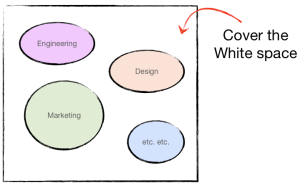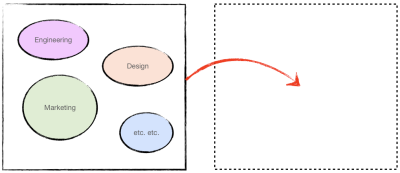Product Managers like ownership. It is a common personality trait among them.
Put to good use, you have a PM who cares deeply about the customer and product. They are not afraid of getting into the ring to ‘fight’ for what’s best for the customer. On the other hand a bad PM is more interested in building kingdoms within companies. Their main focus is control rather than customer/product.
There are many ways to evaluate a PM on this scale. However it is very hard for PMs to evaluate a new company in this regard. From outside it is hard to figure out whether they will own the product or just execute someone else’s product decisions.
I have been using the following to evaluate it:
In lack of data, the person making the decision is the real owner of the product.
In most cases having data makes the process much smoother. However there are cases when data is lacking but decisions have to be made. In such situations, if you find that more often than not someone else’s ‘gut call’ is the final decision, I am afraid you are not the owner.
That’s my process. What’s yours?


